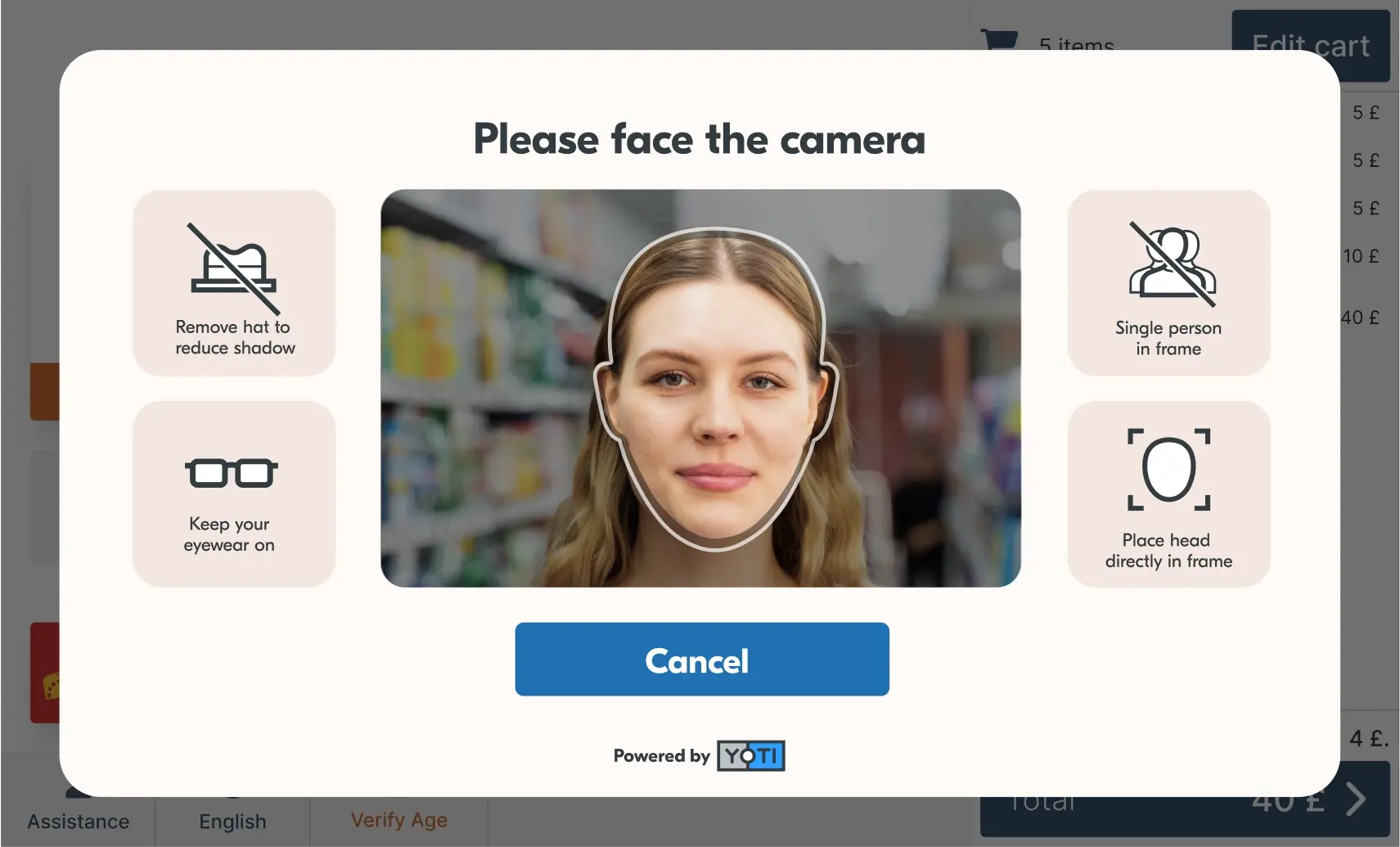Business
Why facial age estimation, the most accurate age checking tool, shouldn’t be left on the sidelines
Many of us have been there: standing at a self-checkout, scanning our shopping, only to hit a roadblock when the till flags an age-restricted item like a bottle of wine or a pack of beer. With age verification accounting for between 40 – 50% of interventions at self-checkouts, it significantly disrupts and slows down the checkout experience. We wait for a retail worker to approve the sale. The retail worker does a visual estimation of our age – they look at our face and guess whether we’re old enough to buy the item. Most retailers follow the Challenge 25
Why testing data is as important as training data for machine learning models
When developing machine learning systems for facial age estimation, the conversation often centres on the training data: how much you have, how diverse it is, how inclusive it is, and how well it represents your end users. Not to mention, where the data comes from. Intuitively, that focus makes sense. More data presumably leads to better models. But test data is just as important, and in some ways, even more critical for ensuring models perform effectively. Training data: more isn’t always better Common sense would suggest that for a machine learning model “the more data, the better.” And that’s
Protecting your business and customers from account takeover
In today’s digital world, we have dozens of online accounts. These range from online banking to social media, dating apps to gaming platforms. Though convenient, this opens the door to the rapidly growing threat of account takeover fraud. Account takeover fraud is surging, with global losses expected to hit $17 billion by the end of 2025. The number of account takeover attacks is rising sharply too, increasing by 24% year-over-year in 2024. This blog walks you through what account takeover is, how it happens and what you can do to prevent it. What is account takeover? At its
Effective ways to improve your AML compliance
Managing financial crime presents a complex challenge for financial institutions. Due to its covert nature, the full scope of money laundering is difficult to truly know. The United Nations Office on Drugs and Crime (UNODC) estimates that between 2-5% of global GDP (up to $2 trillion in US dollars) is laundered every year. As financial crime becomes more sophisticated and regulations grow tighter, businesses must prioritise robust anti money laundering (AML) measures. Industries like banking, fintech and financial services need strong AML processes to protect themselves from fraud, penalties and legal risks. We explore how your business can strengthen
Building trust through age assurance
Governments around the world are increasingly prioritising online safety and age regulations, with new laws emerging across multiple countries. This report explores the growing demand for privacy-preserving age assurance and how businesses are adapting to meet regulatory requirements. Using proprietary data, our latest report explores: The growing demand for privacy-preserving age assurance How businesses are adapting to meet regulatory requirements Key trends in age assurance How Yoti’s solutions are protecting young people, safeguarding privacy, and helping businesses implement robust, trusted and effective age checks Read the report
How Haypp strengthened age checks while enhancing the customer experience
“Yoti is our key partner for age verification in the UK market. We selected Yoti for their strong reputation in the European market and their demonstrable expertise in the field. Their state-of-the-art digital age verification has not only strengthened our compliance with legal regulations but also added value to our business by enhancing the overall shopping experience. We are deeply committed to not sell age- restricted products to underaged, meaning we always aim for excellence and only partner with those who share our vision.” Mattias Nording Head of Age Verification at Haypp The Haypp Group spearheads the global






